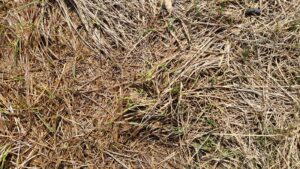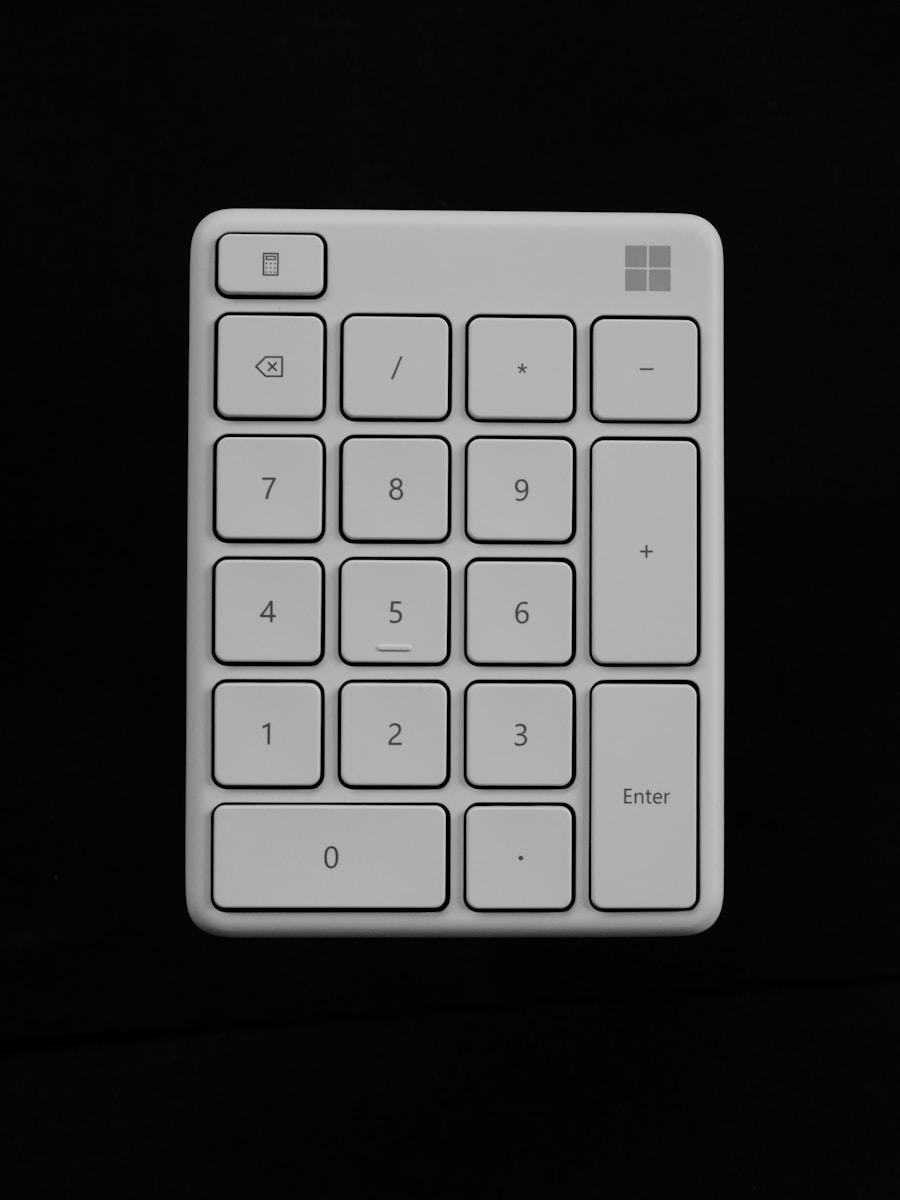Here is a tool to calculate how much mulch you need to buy depending on the size of your yard. This assumes the standard 2 cubic feet of much per bag. A ‘yard’ of mulch contains 13.5 bags with this calculation.
Mulch Calculator
Use This Checklist to Determine What Type of Mulch to Use
Plastic Mulch
- Retains Moisture: Reduces evaporation, keeping soil moist and reducing the need for frequent watering.
- Great for Weeds: Plastic mulch suppresses weed growth very well.
- Fertilizer Efficiency: Reduces leaching of nutrients (because its an inorganic material), ensuring your plants get the full benefit of every fertilizer application.
- Price: Plastic mulch is usually on the cheaper end of mulch installation, as well as being longer lasting. This makes it one of the most economical options you can use
Black plastic mulch, in particular, is for warm-season crops. Its ability to absorb and radiate the sun’s heat more efficiently than organic options can significantly boost the yield and quality of your harvest.
When applying plastic mulch, it is advisable to excavate shallow furrows along both sides of the planting bed, with a depth of approximately 3 to 4 inches. The excavated soil should be deposited along the perimeter of the plastic. The plastic may shrink when the weather cools down. To help with the downsides off this it is important to use a thick layer of mulch, particularly in warm seasons.
Organic Mulch

Perfect for cool-season crops and sandy soils. Organic Mulch keeps the ground at a more moderate temperature compared to bare soil or black plastic.
There are a few types of organic mulch to choose from:
- Compost
- Woodchips/sawdust
- Leaves
- Grass clippings
- even pine needles and cocoa hulls work!
The point is, this can either be a cheap or expensive option depending on where you source from.
The Organic Mulch Advantage Includes:
- Cooler Soil: Organic mulches maintain a lower soil temperature, which is essential for crops like lettuce and spinach.
- Frost Protection: They reduce the risk of frost damage by minimizing heat radiation from the soil.
- Easy Weeding: Applied when vegetables are a few inches tall, organic mulches make weeding a breeze.
Remember to supplement with a nitrogen source like ammonium sulfate if you’re incorporating a significant amount of organic material into the soil.
Tips for Applying Mulch in Your Texas Garden:
- Hydrate Beforehand: Ensure the soil is well-watered before laying down plastic mulch.
- Calm Days: Choose a non-windy day for plastic mulch application to avoid frustration.
- Planting Strategy: For transplanted crops, it’s easier to lay the plastic first and then plant through it.
- Perfect Fit: When laying plastic mulch, create furrows that are just narrower than the width of the plastic to secure it properly.
- Layer It Right: Use a 3-to 6-inch layer of organic materials like straw or hay, while a 1- to 2-inch layer of peat moss or grass clippings will suffice.

